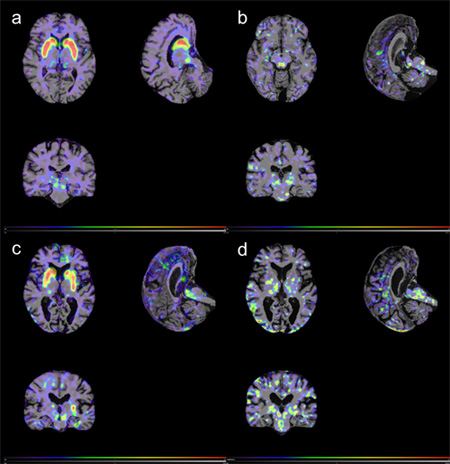PhD project: Early markers of parkinsonian disorders in patients with prodromal Parkinson’s disease
Morten Gersel Stokholm, marts 2016
Main Supervisor: Dr. Nicola Pavese, Associate professor
Objectives
The objectives of this international research project is to better characterize the functional changes associated with REM sleep behaviour disorder (RBD) or β-glucocerebrosidase (GBA) mutation carrier status to understand the earliest features of the pathological process in Parkinson’s disease (PD), Dementia with Lewy Bodies (DLB), and multiple system atrophy (MSA) disease development.
Study description
Studies have indicated that RBD and GBA mutation carriers can represent patients in a pre-symptomatic phase of PD, DLB, and MSA. We will use 11C-PK11195 positron emission tomography (PET), a marker of microglia activation, to detect the presence and distribution of early brain inflammation in RBD and GBA mutation patients and its temporal relationship to striatal and extra-striatal dopamine dysfunction, measured with 18F-DOPA PET, and cholinergic dysfunction, measured with 11C-donepezil PET. In vivo PET imaging of patients during the pre-symptomatic phase would provide significant insight into the earliest pathological mechanisms of PD and provide targets for pharmacological interventions aiming to halt or slow down the development of both motor and non-motor symptoms. In particular, it could help to better understand the extent and time-course of degeneration of non-dopaminergic systems, the onset of inflammation, and their contribution to clinical status.

Figure 1: 18F-DOPA PET of a healthy control subject (a) showing normal tracer uptake in the striatum and a REM sleep behaviour disorder patient(c) showing a mild reduction in tracer uptake on the left side. 11C-PK11195 PET of a healthy control subject (b) and a patient with REM sleep behaviour disorder (d) showing increased tracer uptake in the brainstem region representing increased microglia activation in the latter.